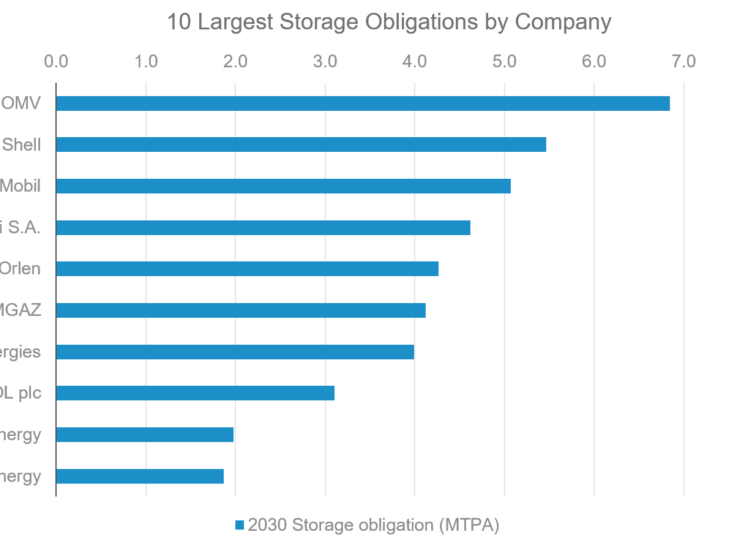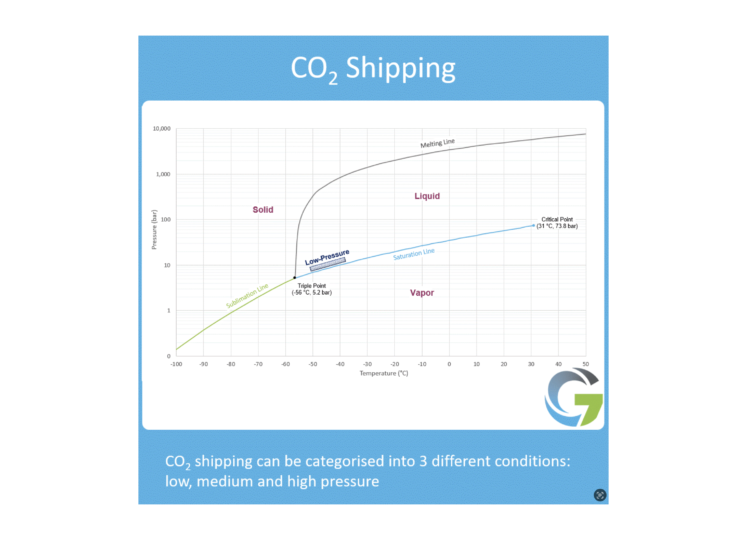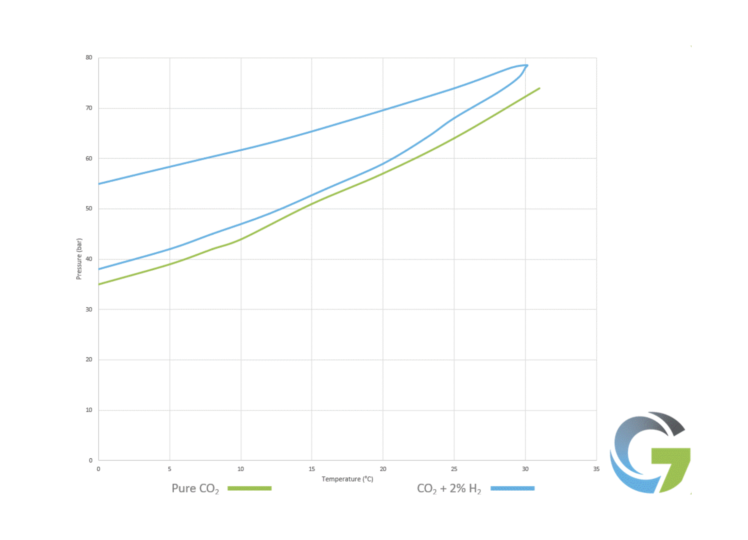Thought Leadership
February 2025
The Hydrogen Rainbow
Most of you are probably familiar with ROYGBIV when it comes to rainbows, but have you heard about another type of rainbow that's gaining popularity? The hydrogen rainbow!
The colours of the hydrogen rainbow reflect different production methods, with some colours being more carbon-intensive than others. In 2021, the total global production of hydrogen reached 94 MTe, primarily dominated by grey hydrogen. However, the landscape is set to change as technology and supply chains evolve to support lower-carbon production methods.
Black (or brown) hydrogen is produced through the gasification of coal, where hydrogen is separated from other gases in the stream and sold as a cleaner-burning fuel. This method stands as the most carbon-intensive way of producing hydrogen.
Grey and blue hydrogen are quite similar, as they are both derived from natural gas using processes like steam methane reforming. Grey hydrogen becomes blue hydrogen when the resulting carbon emissions are captured using carbon capture technology, preventing the release of emissions into the atmosphere.
Turquoise hydrogen is produced through the pyrolysis of methane. Pyrolysis involves anaerobically breaking down methane at high temperatures, resulting in solid carbon and hydrogen co-products. By utilizing renewable energy sources, like wind, to power the pyrolysis process and exploring uses or storage options for the solid carbon, the carbon intensity of this production route can be significantly reduced.
Pink, Yellow, and Green hydrogen are all produced through electrolysis. The only difference lies in the power source for the electrolyser. Pink (also known as red or purple) hydrogen is generated using nuclear power, while yellow and green hydrogen rely on solar and wind power respectively. Currently, Europe and Australia are at the forefront of electrolysis-based hydrogen production, with an expected production capacity of around 5 MTe by 2030 in those regions.
Gold or white hydrogen represents the final colour in our hydrogen rainbow, and refers to naturally occurring hydrogen produced through various geological and biological processes. This hydrogen then migrates and accumulates beneath a cap rock. Companies in Spain and Australia have begun focusing on extracting gold hydrogen using safe, clean, and low-cost drilling techniques, with the goal of establishing hydrogen hubs in their respective areas.




